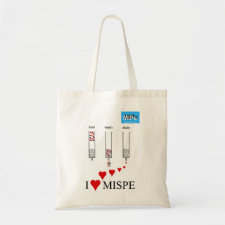
Authors: Gyarmati B, Némethy Á, Szilégyi A
Article Title: Reversible disulphide formation in polymer networks: A versatile functional group from synthesis to applications.
Publication date: 2013
Journal: European Polymer Journal
Volume: 49
Issue: (6)
Page numbers: 1268-1286.
DOI: 10.1016/j.eurpolymj.2013.03.001
Alternative URL: http://www.sciencedirect.com/science/article/pii/S0014305713001171
Abstract: A substantial effort has been made in the last few decades to develop responsive materials that produce a selective answer to well-defined environmental stimuli. In our present review, we focus on the chemistry of thiol-disulphide equilibrium and its incorporation into polymer-based soft materials. Because several papers and extensive reviews have focused on reduction-sensitive drug delivery and gene transfer, we would like to especially emphasise the importance of disulphide formation and the exploitation of reversible thiol-disulphide interconversion in synthesis and its applications. We report the most important synthetic strategies that utilise disulphide formation. However, a major portion of our overview will concentrate on taking advantage of the thiol-disulphide exchange and the reversibility of this reaction in a wide range of applications, such as advanced drug delivery vehicles, bioartificial implants and self-healing and shape-imprinting polymers. In certain cases, the reversibility is only proven and used in one cycle, but in some cases, the process is practically reversible, at least in the time range of the dedicated application. The reversibility of the reaction is an important requirement for the long-term use of these polymers as implant materials; therefore, aside from better understanding the redox processes in living cells, the future direction of this research can lead to the improvement of reversible responses
Template and target information: Review - disulphide links in polymers
Author keywords: Thiolated polymers, Disulphide, Redox sensitivity, hydrogels, drug delivery, Self-healing



Join the Society for Molecular Imprinting

New items RSS feed
Sign-up for e-mail updates:
Choose between receiving an occasional newsletter or more frequent e-mail alerts.
Click here to go to the sign-up page.
Is your name elemental or peptidic? Enter your name and find out by clicking either of the buttons below!
Other products you may like:
 MIPdatabase
MIPdatabase









